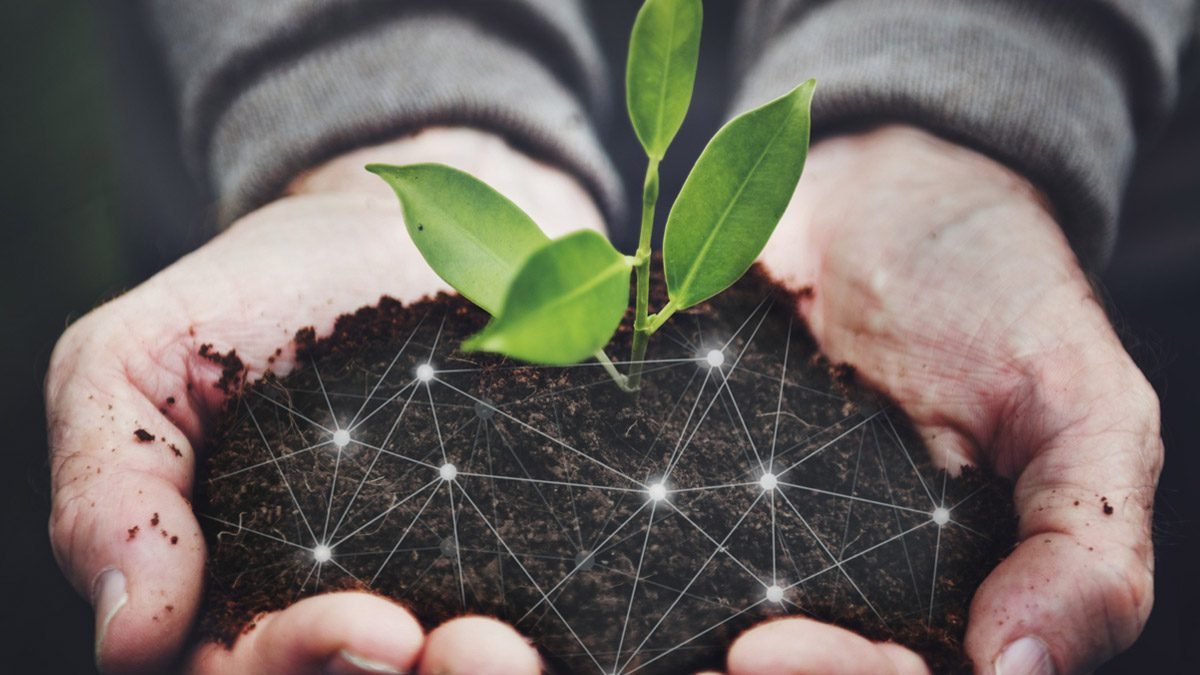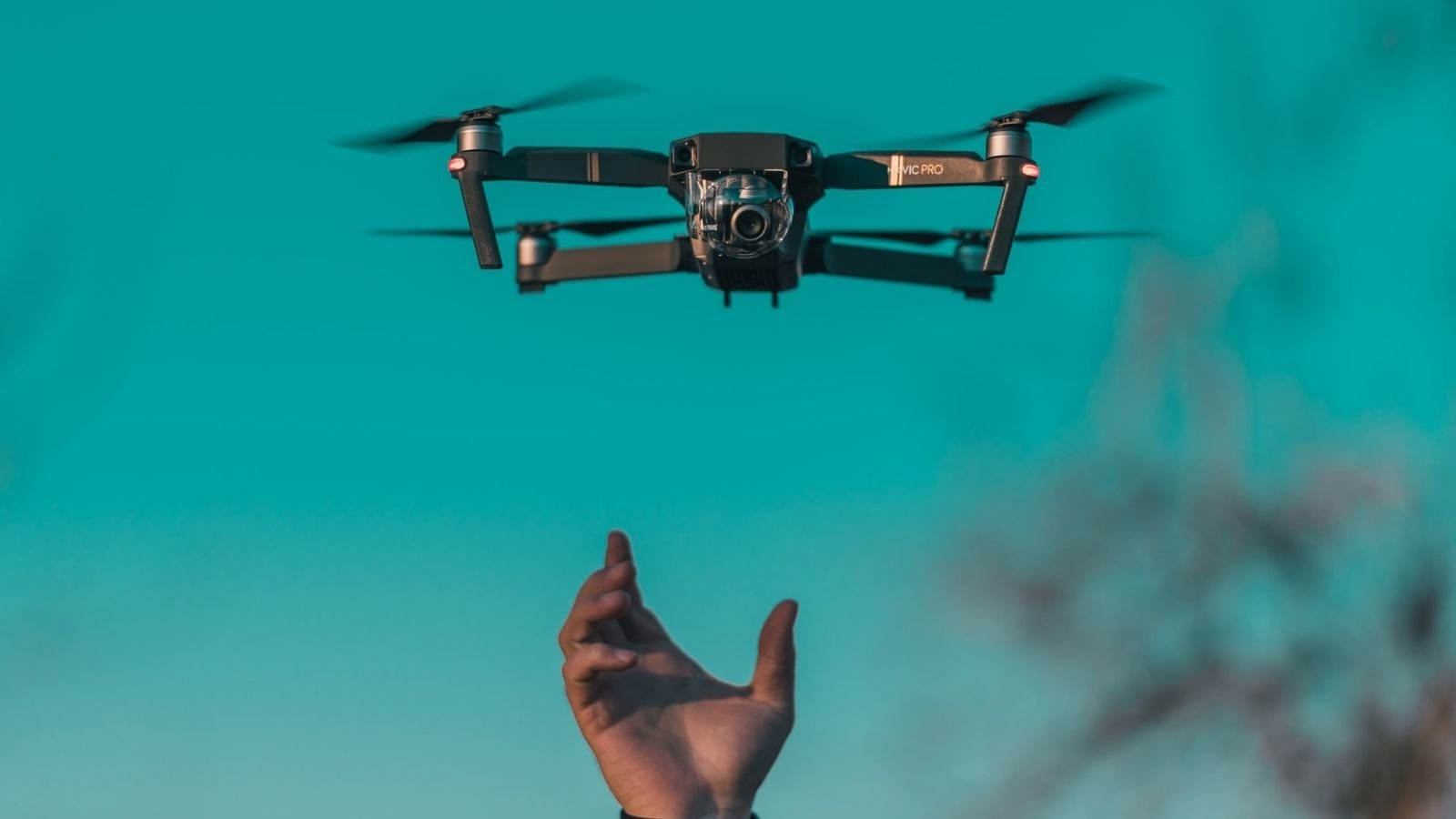Table of Contents
Highlights
- Drones and IoT sensors are transforming smallholder farms in India and Africa.
- Indian startups are leaders with data-driven AgriTech, with African firms adapting the tech to local needs.
- Policy support and inclusive innovation are essential for scaling precision agriculture.
Under stress from climate change and resource depletion, the agricultural system went through another trauma, with the population soaring past 9.7 billion by 2050, requiring 60% more food. In these critical setups, AgriTech truly diffused as a forceful solution to rejuvenate agricultural practices towards efficiency, resilience, and sustainability, thus making technology-based solutions a lifeline for Food Security.

Such transformation becomes even more crucial in developing nations like India and Africa, where indigenous innovation is now in the process of utilising global technologies, ranging from drones to sensors, to tackle problems that are peculiar to their agro-ecological zones and smallholder farming systems.
The AgriTech Imperative in India and Africa
Canada, along with a large number of countries in the world, is a booming market for research in agriculture and pharmaceutical products. Nearly 46% of the country’s population is dependent on various branches of agriculture. Some inherent problems faced by the agricultural industry include price instability in input supply, murky supply chains, diffusion of agricultural markets, irregular use of land ownership, lack of access to credit and technology, and absence of reliable agricultural data.
Given these hardships, India is witnessing a gradual introduction of tech-powered tools. The Indian government has been leading this transition through such big acts as funding emerging technologies (EDTs) such as drones, AI, and remote sensing, and creating DIPs in selected sectors such as AgriStack. There are over 3,000 AgriTech startups in India today. AgriTech startups based on data specifically seek to address challenges like input price volatility and supply chain inefficiencies in India. Agricultural technology innovation is very poor in Africa, where agriculture forms the centre of the economy.
Agriculture, being the principal sector in African economies, is hardly properly equipped with technological innovation. AgriTech technologies in Africa, led by early technology startups in nations such as Ghana, concentrate on crafting solutions for farm management, market access, and climate information. Major challenges of adoption include infrastructure, reduced access to capital, and low digital literacy. AgriTech innovations conceived by African startups tend to be incremental innovations that modify an existing technology to suit the specific local contexts and needs, in contrast to solutions offered by the more well-funded incumbent players.
Drones: Eyes in the Sky for Precision Farming
UAVs, or drones, are turning out to be instrumental assets in promoting precision agriculture (PA) by providing solutions directly benefiting crop yield and food security. India is especially busy in the UAV and drone sector, leading the relative patent applications in this sector compared to Japan. AgriTech ventures in Ghana also innovate the application of drone technology to address issues along the agri-value chain, such as farm mechanisation and farm tracking. For instance, the application of drone technology can offer higher resolutions and accurate data over satellites, or deliver pesticides and other chemicals to ensure a good yield.

Operational costs, policy impediments, and limited flight duration have kept drones from being widely utilised across the world. Having constraints in the timely conduct of activities and finance restricts their accessibility , especially to small-scale farmers in developing countries.
Sensors and IoT: Real-Time Intelligence
Sensors monitor vital parameters like soil moisture, temperature, and air. Wireless sensor systems change traditional agriculture when coupled with cloud computing and robotics. It provides lidar precision management for irrigation, fertilisation, pesticide management, and husbandry to maximise profitability, sustainability, and environmental conservation. The ultimate goal of resource optimisation using sensors and data-driven irrigation is increased yield and reduced wastage.
IoT-based applications in sustainable irrigation, farm management, and water monitoring have been observed in Africa, covering Tanzania, Senegal, Ghana, and Togo. In India, the nation reflects a high contribution towards the Internet of Things and data analysis, which points to high activity in the sensor-based AgriTech sector. Some examples of Indian startups that make use of this technology are Satsure, which employs satellite remote sensing, machine learning, and AI for crop damage evaluation, farm credit risk assessment, and crop yield prediction, and Farmonaut, which specializes in crop health monitoring based on satellites and remote sensing to provide data at the grassroots level.
Local Adaptations and Global Scale
Indian and African AgriTech startups tend to be the starting point of innovative digital agricultural technologies, founded by solo entrepreneurs or backed by venture capitalists. These firms work with flexible and innovative mindsets, applying local context to existing innovations.
In India, the prevalence of data-driven startups is one of the central elements of the AgriTech industry. These startups offer niche solutions like CropIn Technology Solutions for intelligent food supply management and Skymet for weather tracking and agri-risk solutions.

India’s first precision agriculture startup, Fyllo, has even gone global, transferring intelligent farm processes to foreign vineyards. In addition, India and the US Agency for International Development have set up the South Asia AgTech Hub for Innovation (SAATHI), which is bridging India’s agricultural innovations to Bangladesh and Nepal with a view to solving food security and nutrition issues in the Global South.
In Ghana, AgriTech startup teams position their technology skills and sparse resources strategically to combat the most promising issues in the value chain. These start-ups usually learn by copying successful technological innovations in advanced sectors and countries, such as in India or East Africa, and applying them to local contexts. Technologies such as the “Push-pull technology” in sub-Saharan Africa illustrate successful local innovation by increasing smallholder farmers’ adaptability to climate change through increased maize and fodder harvests and more soil cover.
The two-nation cooperation potential between Japan and India, a case in point of international-scale interaction, implies a two-way benefit where India utilizes Japan’s information age technology capabilities, while Japan gets access to India’s large market potential and indigenous innovations in such fields as sensors and drones.
Making it Happen: Policy Framework and Partnerships
While drones and sensor technologies wield immense possibilities for increased yield and resource-use efficiency, their applications face multiple economic and social impediments. High starting costs and limitations of poor infrastructure, along with the lack of technical skills of the farmers, become a core issue for the developing countries.
While drones and sensor technologies wield immense possibilities for increased yield and resource-use efficiency, their applications face multiple economic and social impediments. High starting costs and limitations of poor infrastructure, along with the lack of technical skills of the farmers, become a core issue for the developing countries.
Interventions that are targeted towards translating such potential gains into actual, feasible food security outcomes are greatly required. These factors include the enhancement of crucial elements, such as greater investment in R&D, cutting down on the costs of Precision Agriculture, PA tech, along with providing subsidies and policy reforms.

Building capacity to address the technical training deficit is crucial. Gender-sensitive policies and specific funding supports must encourage women, youths, and marginalised groups to become more active in the AgriTech ecosystem for inclusive growth. Combining technology, sustainability, and inclusivity, these nations, India and the African nations, can use the strength of sensors and drones to uplift the next agricultural revolution.